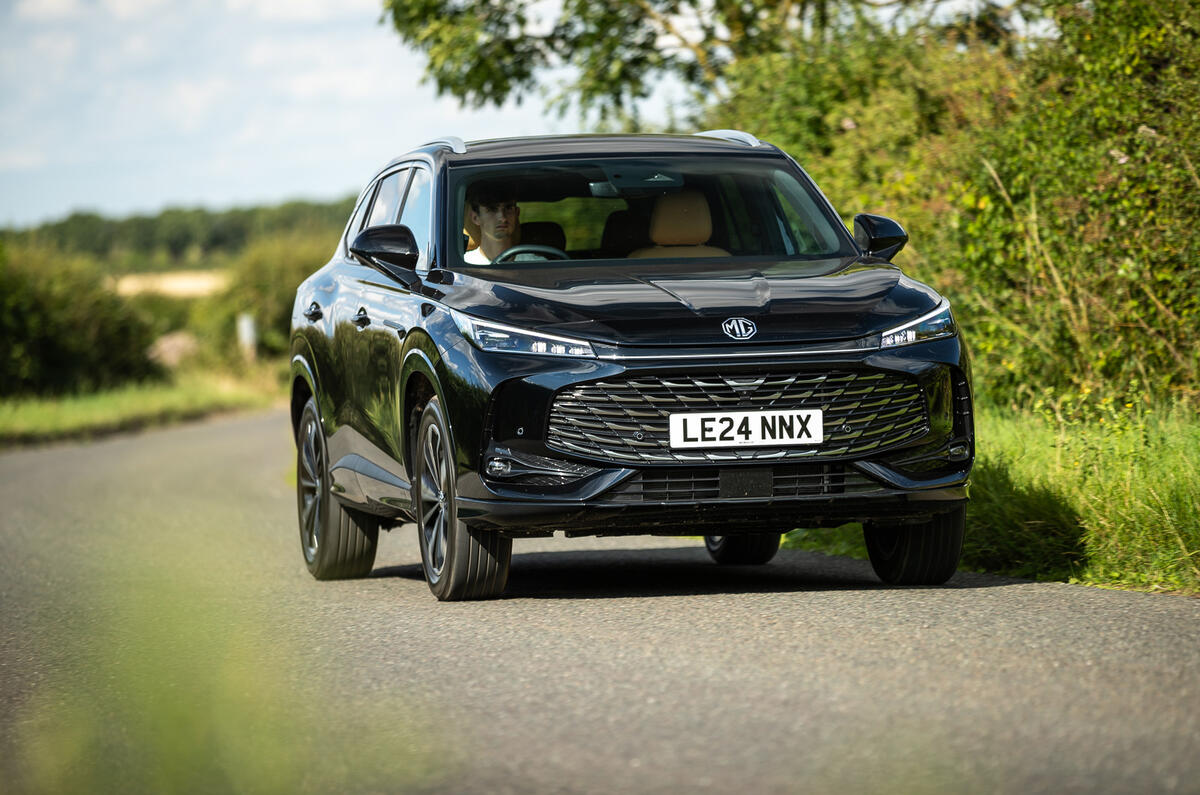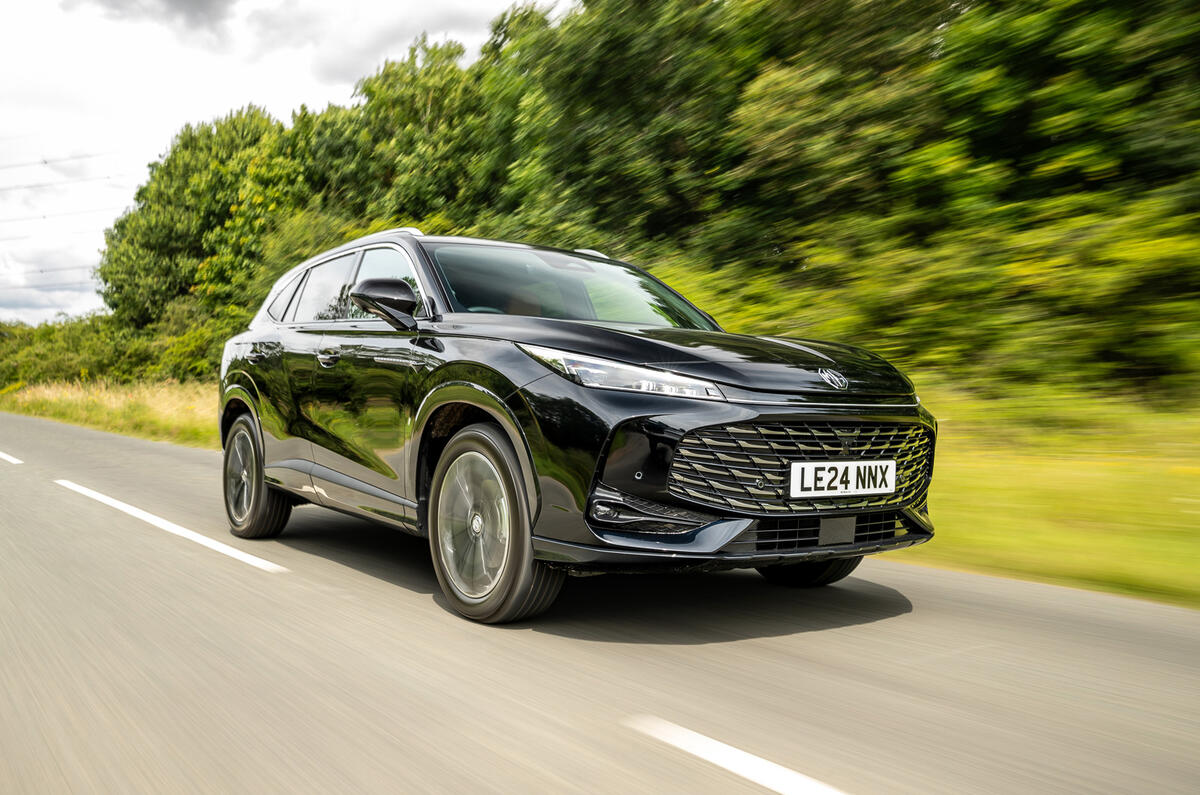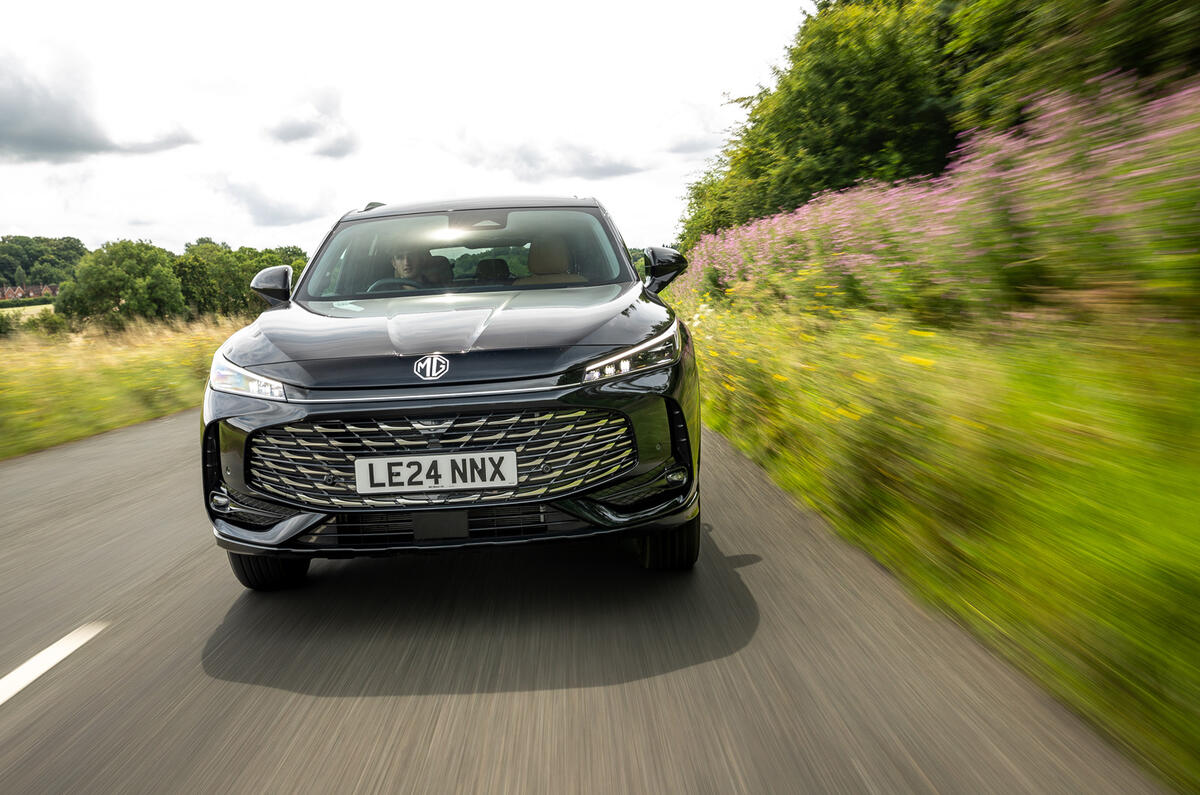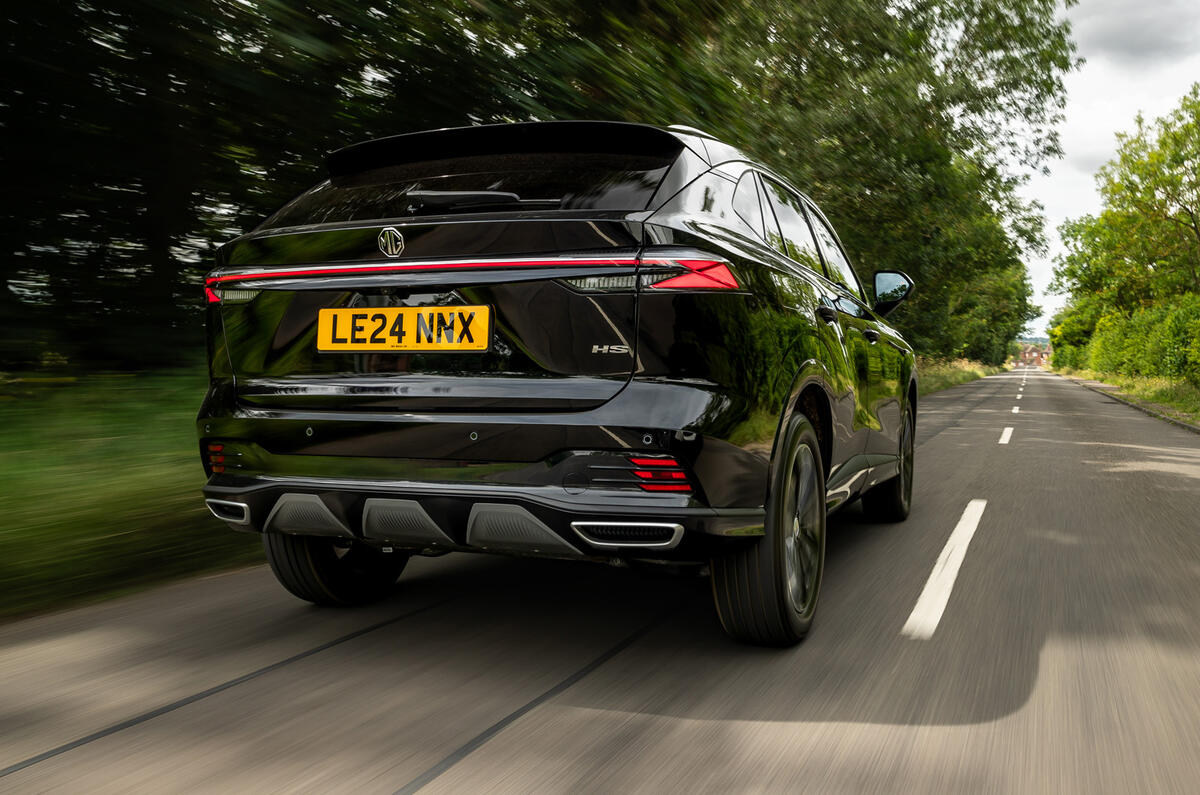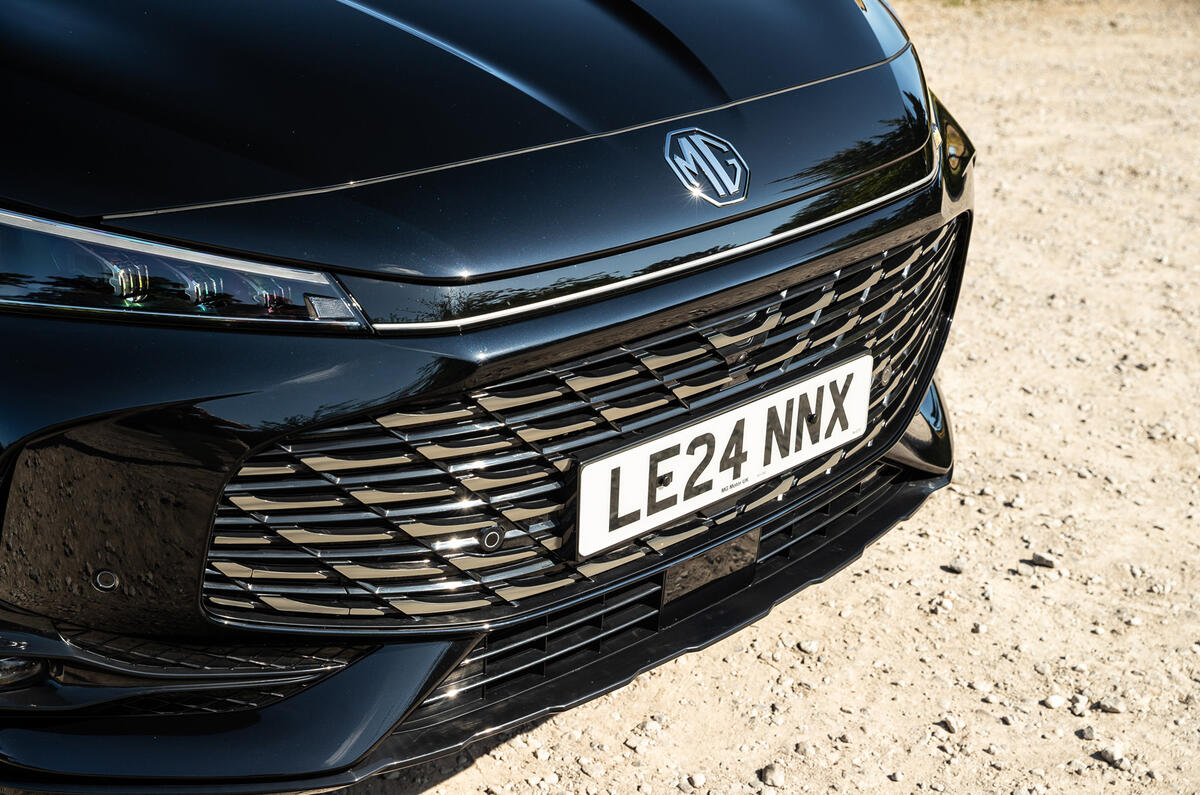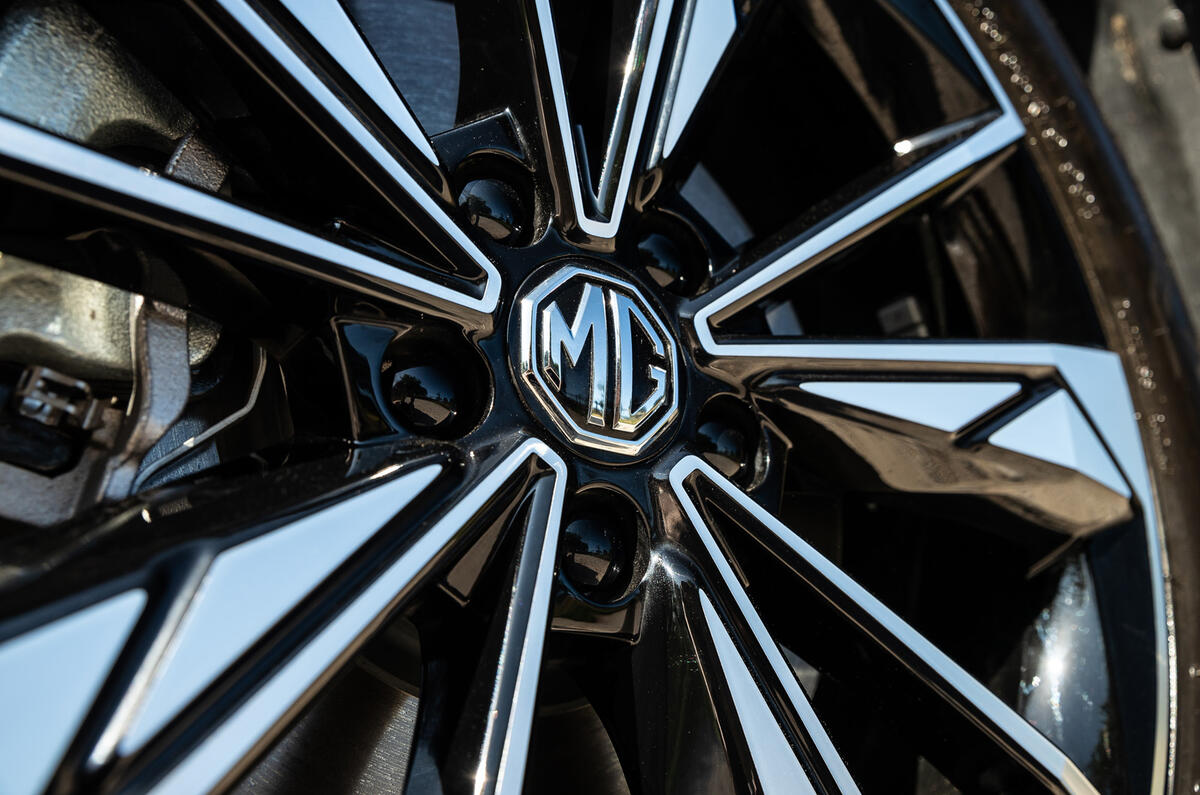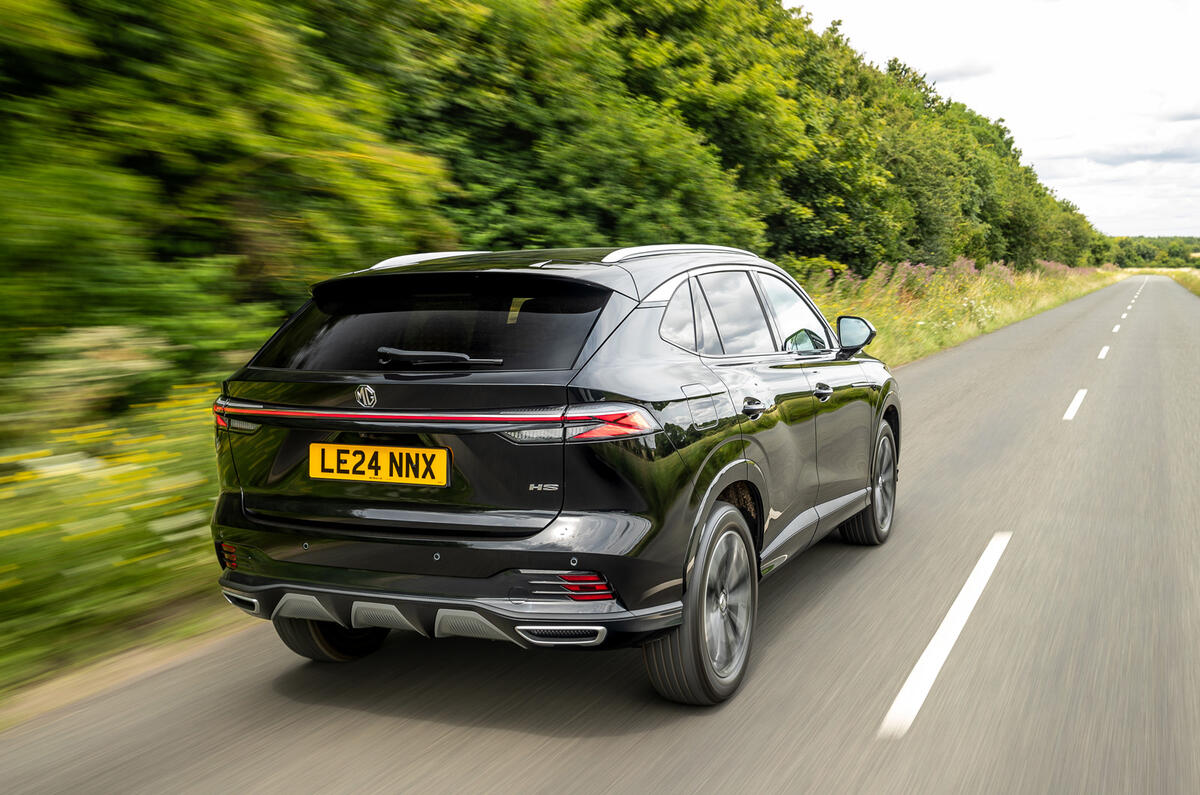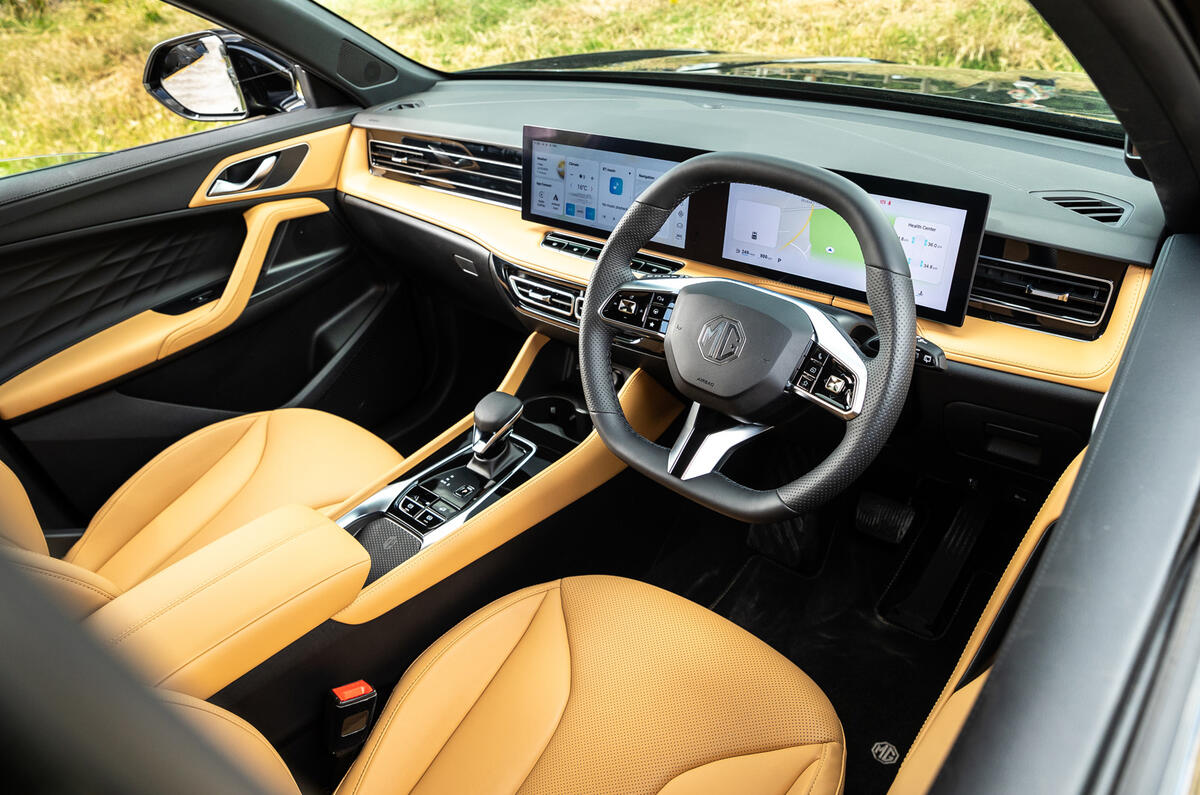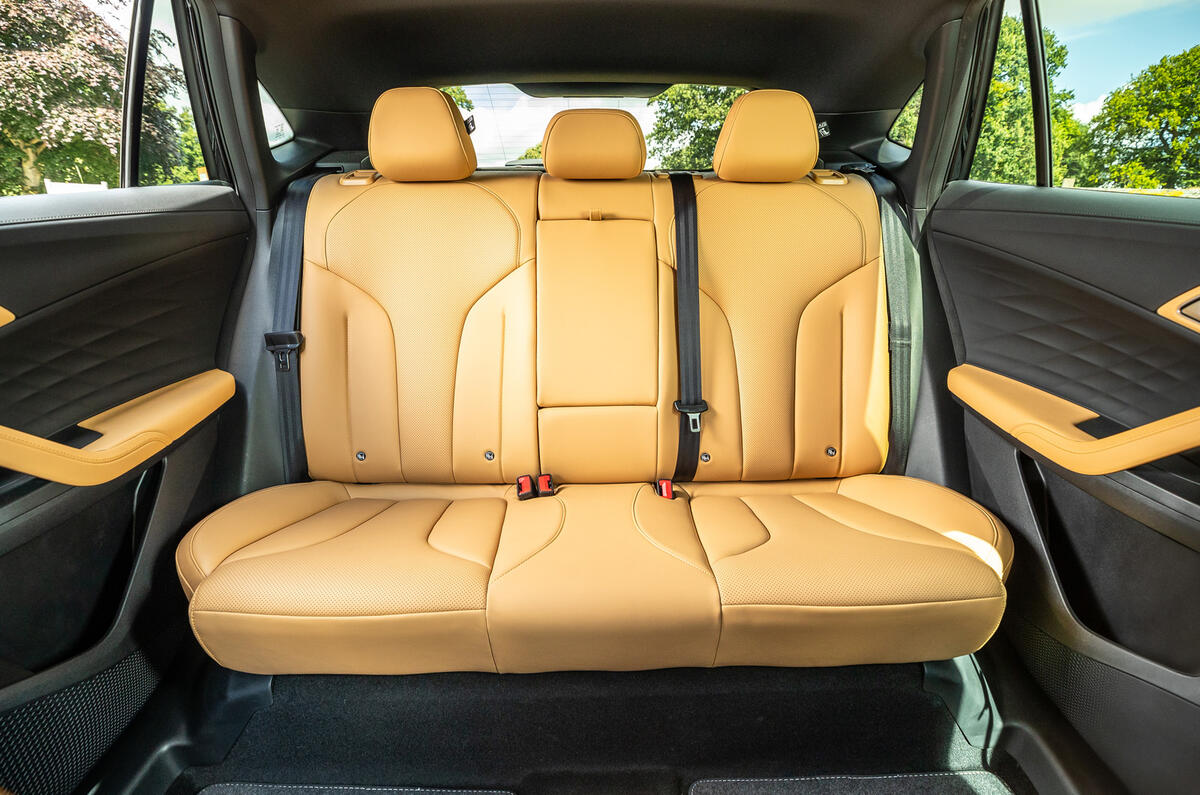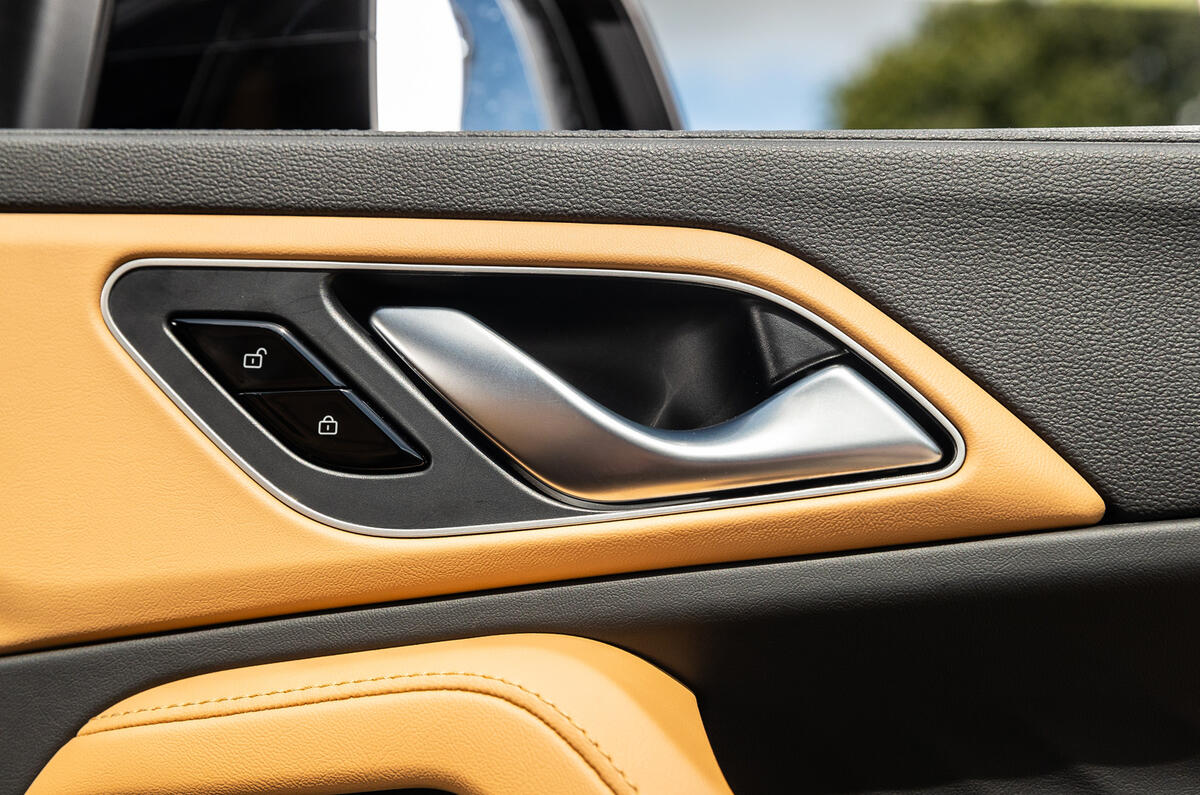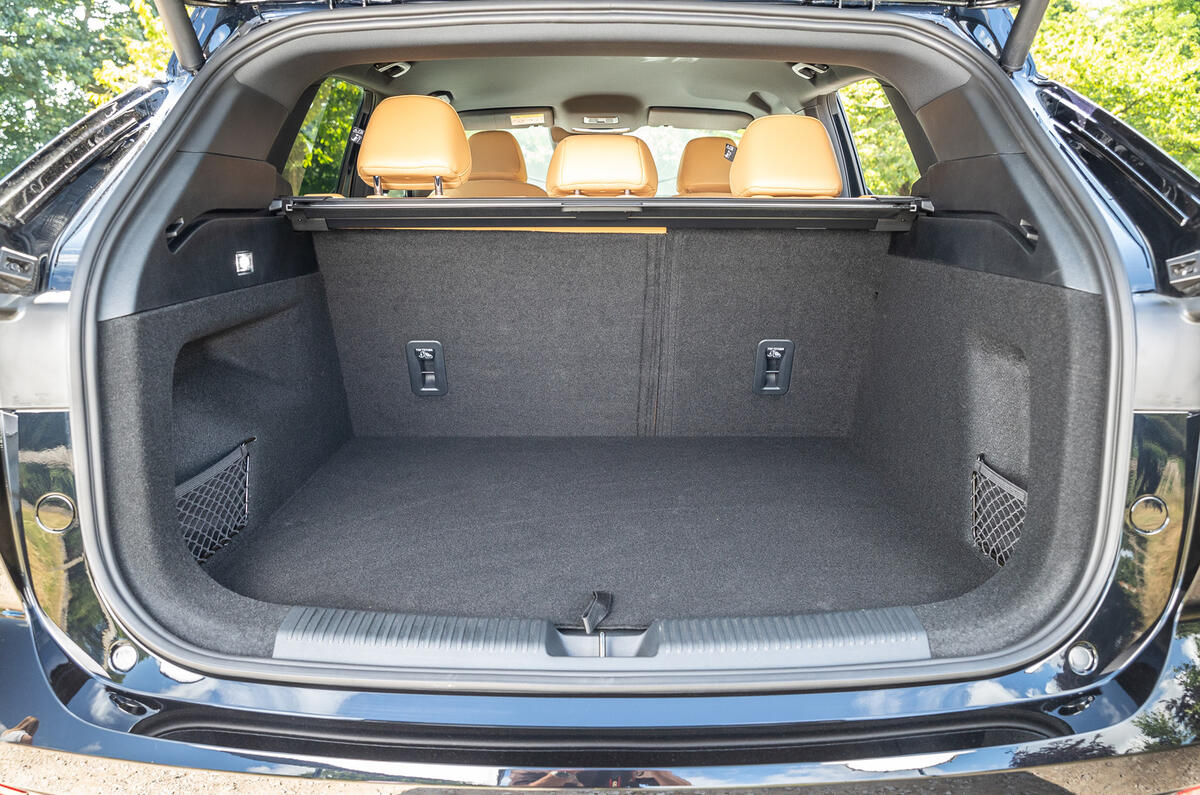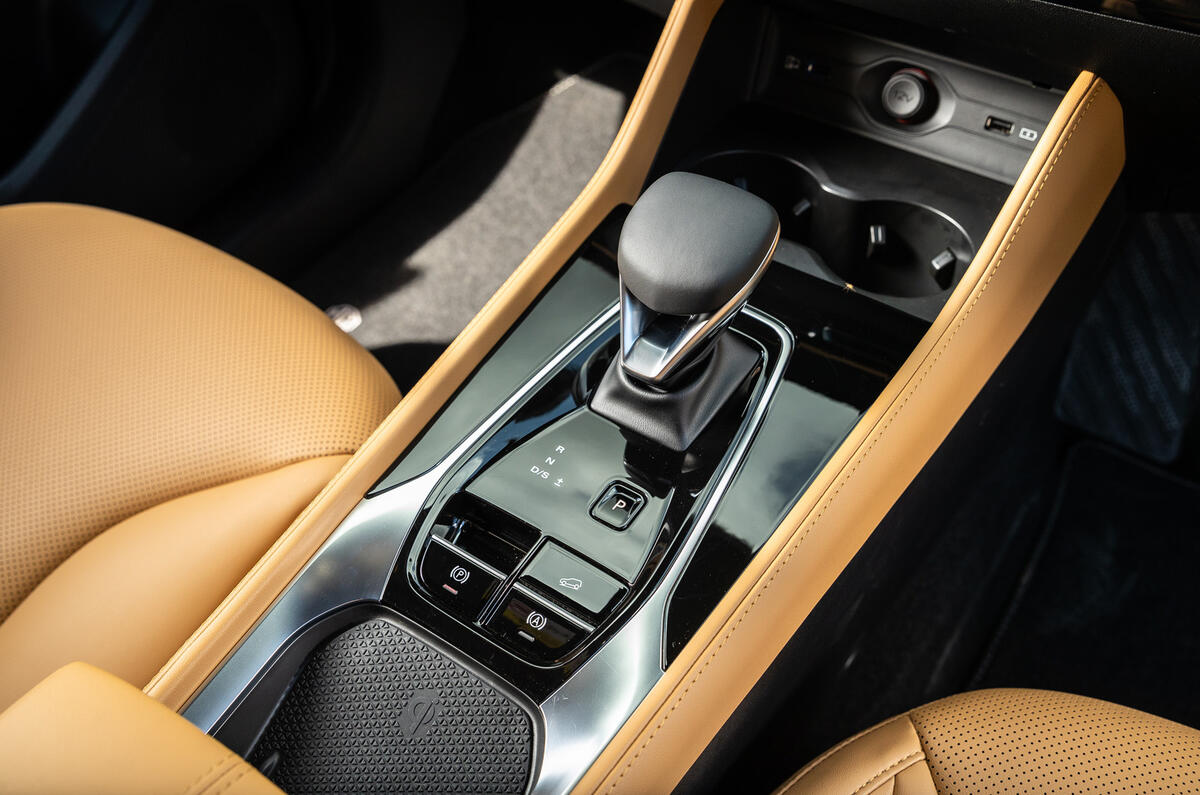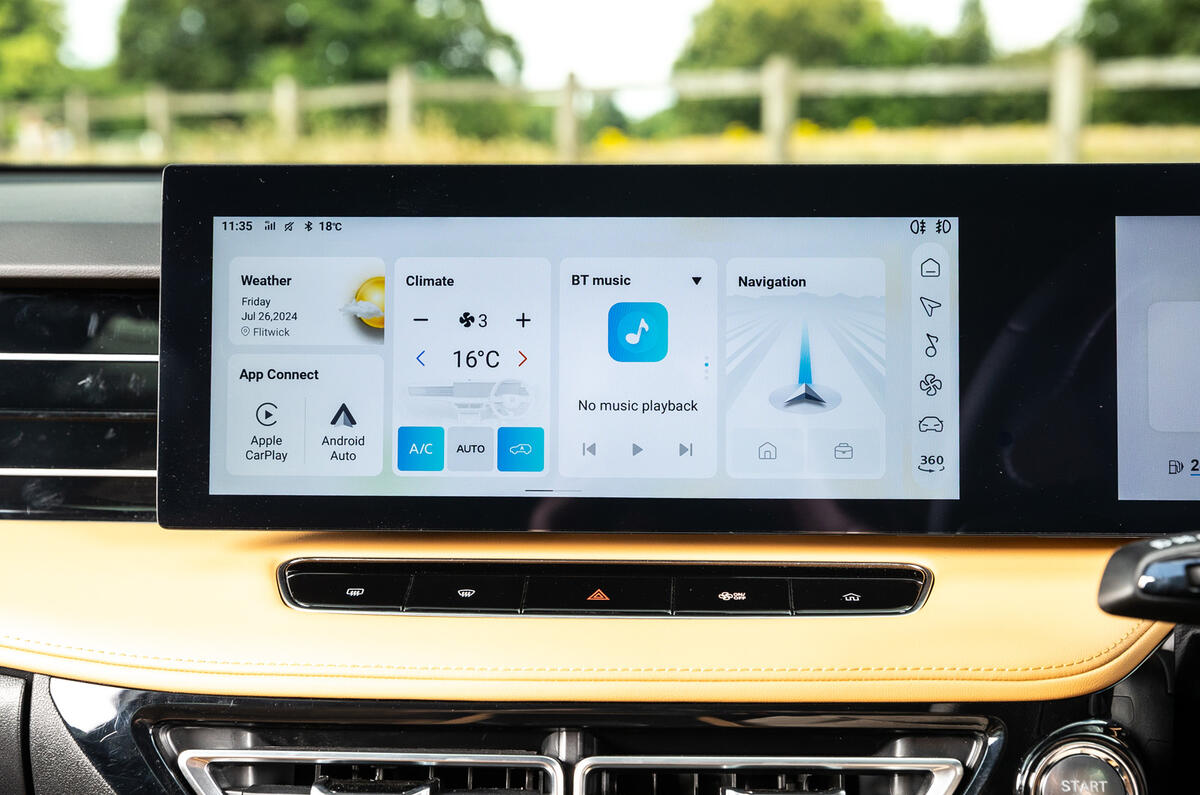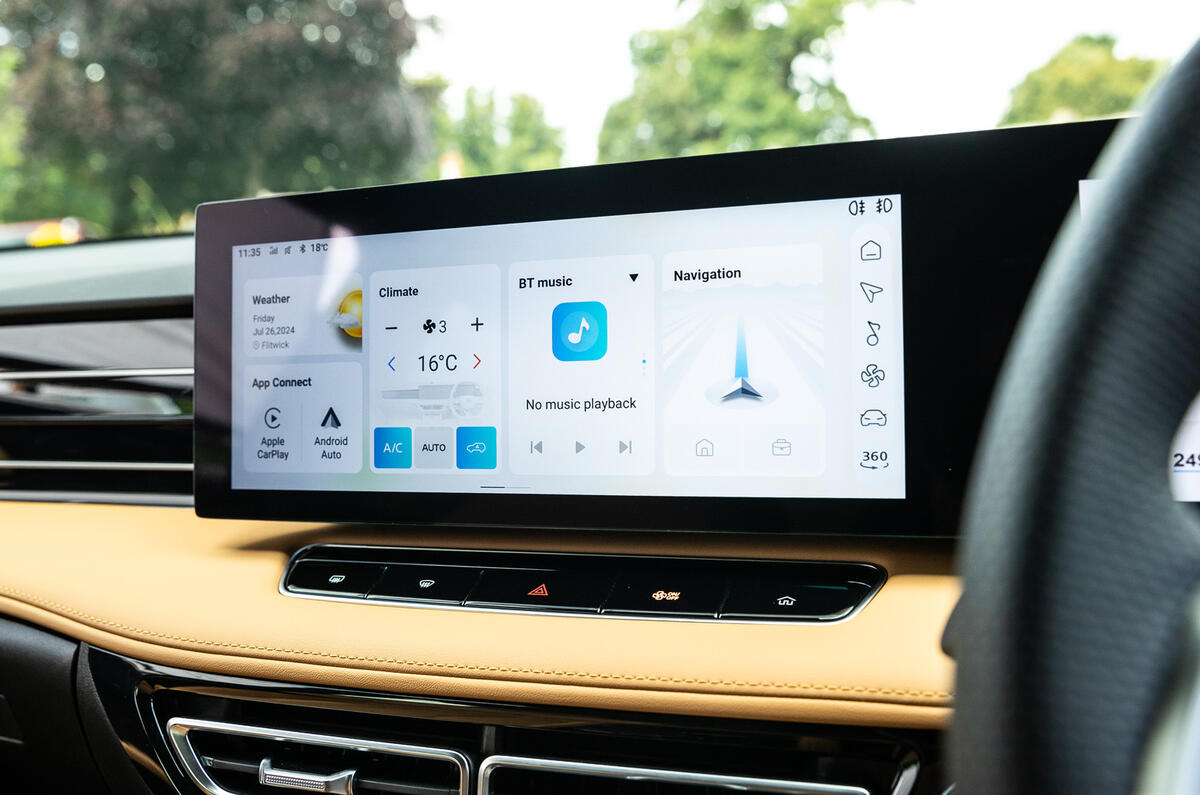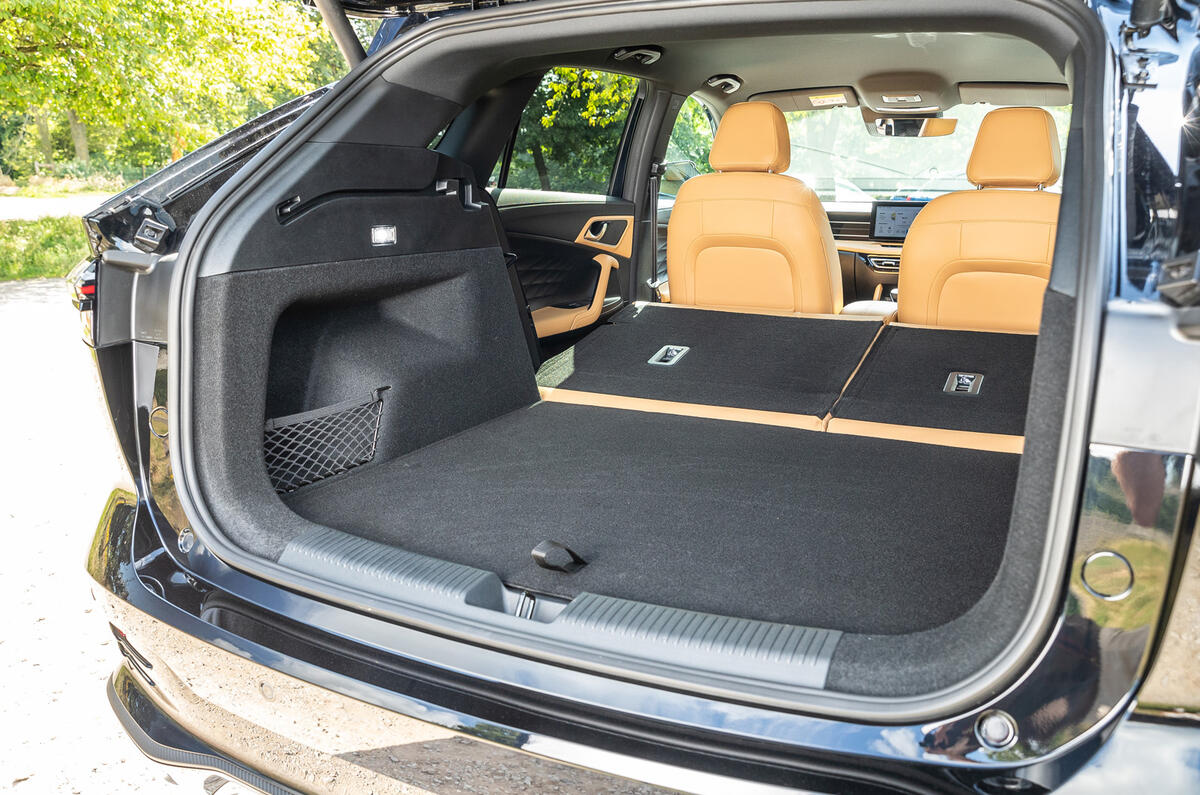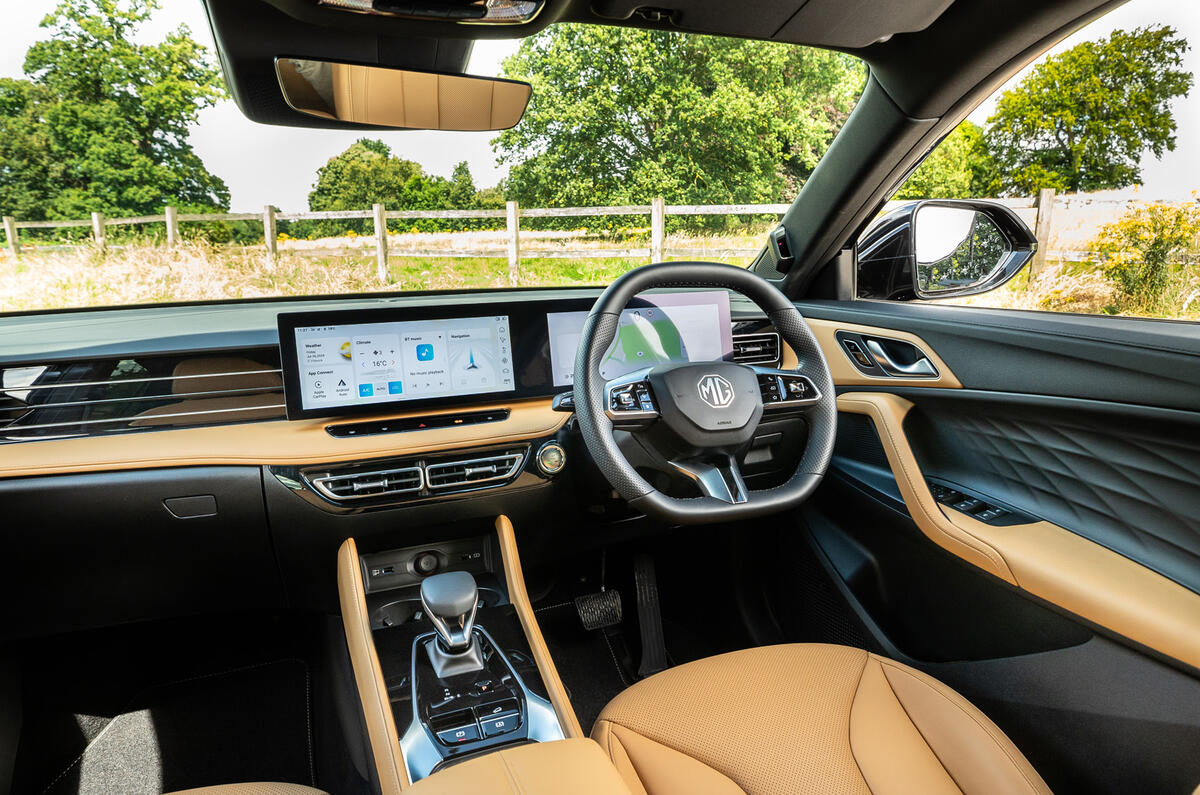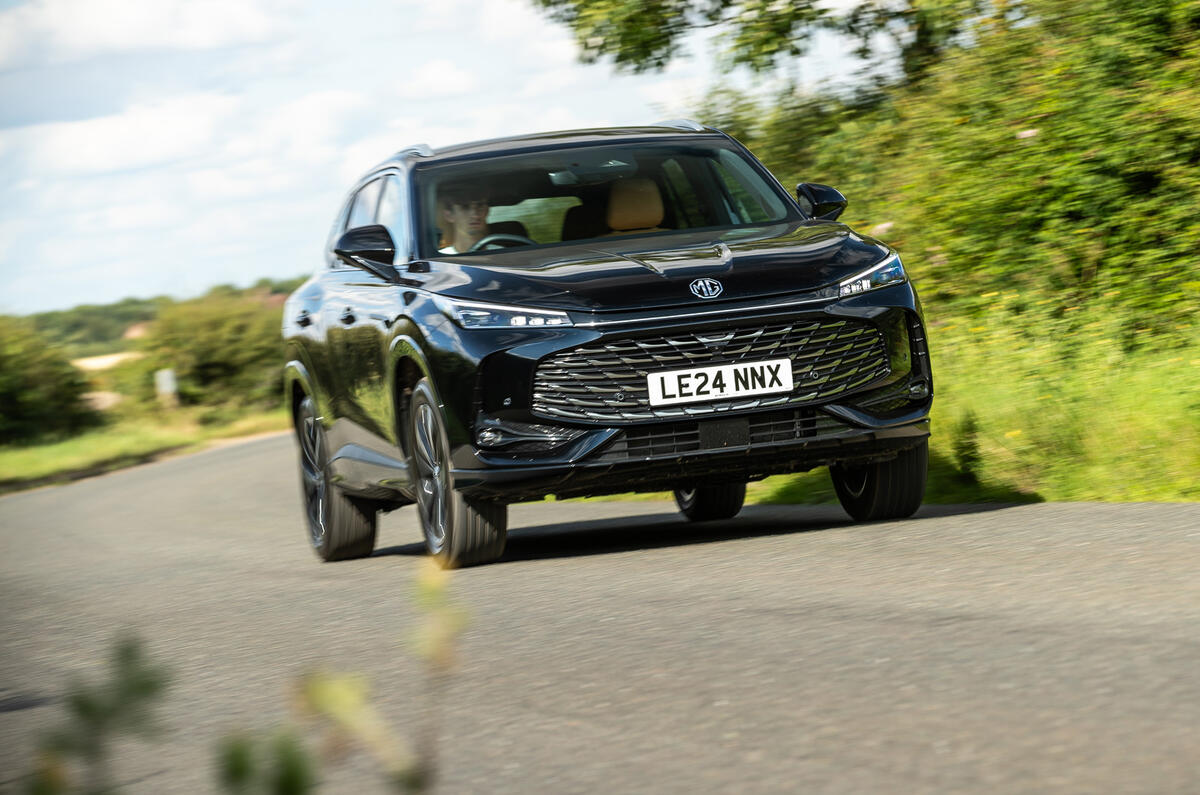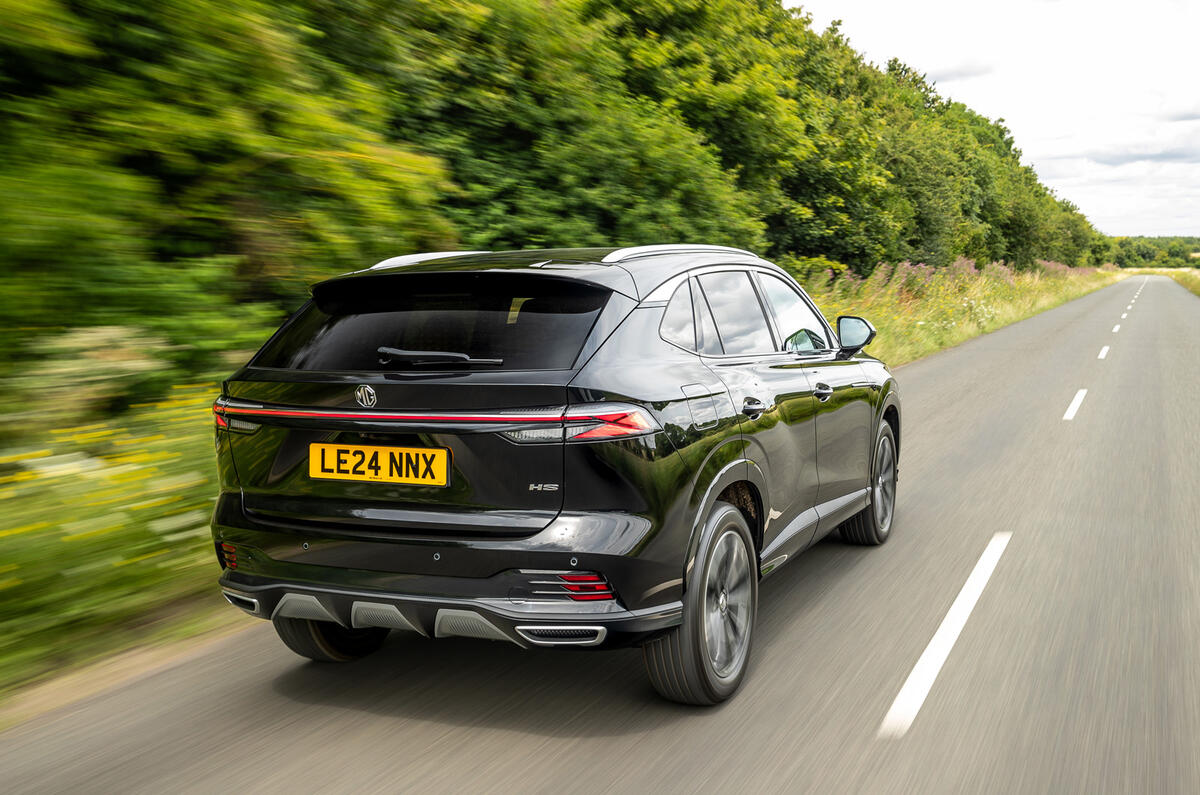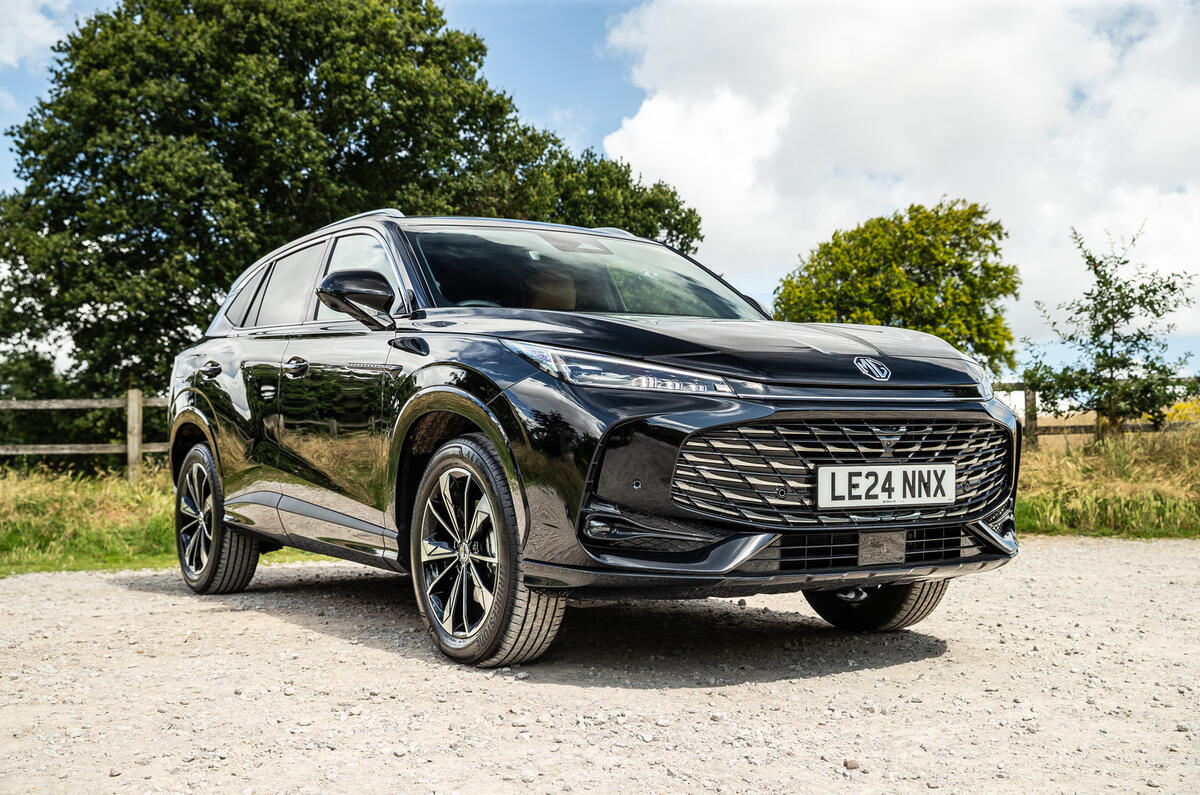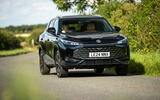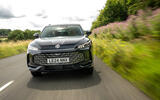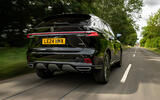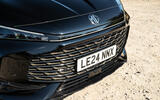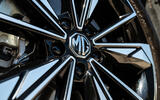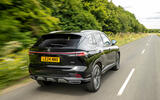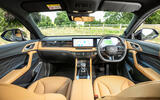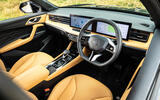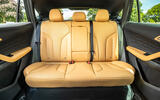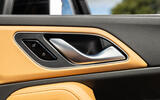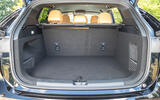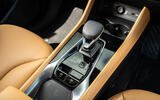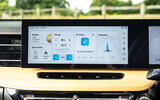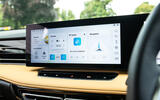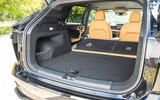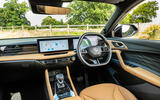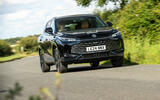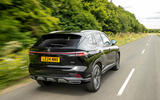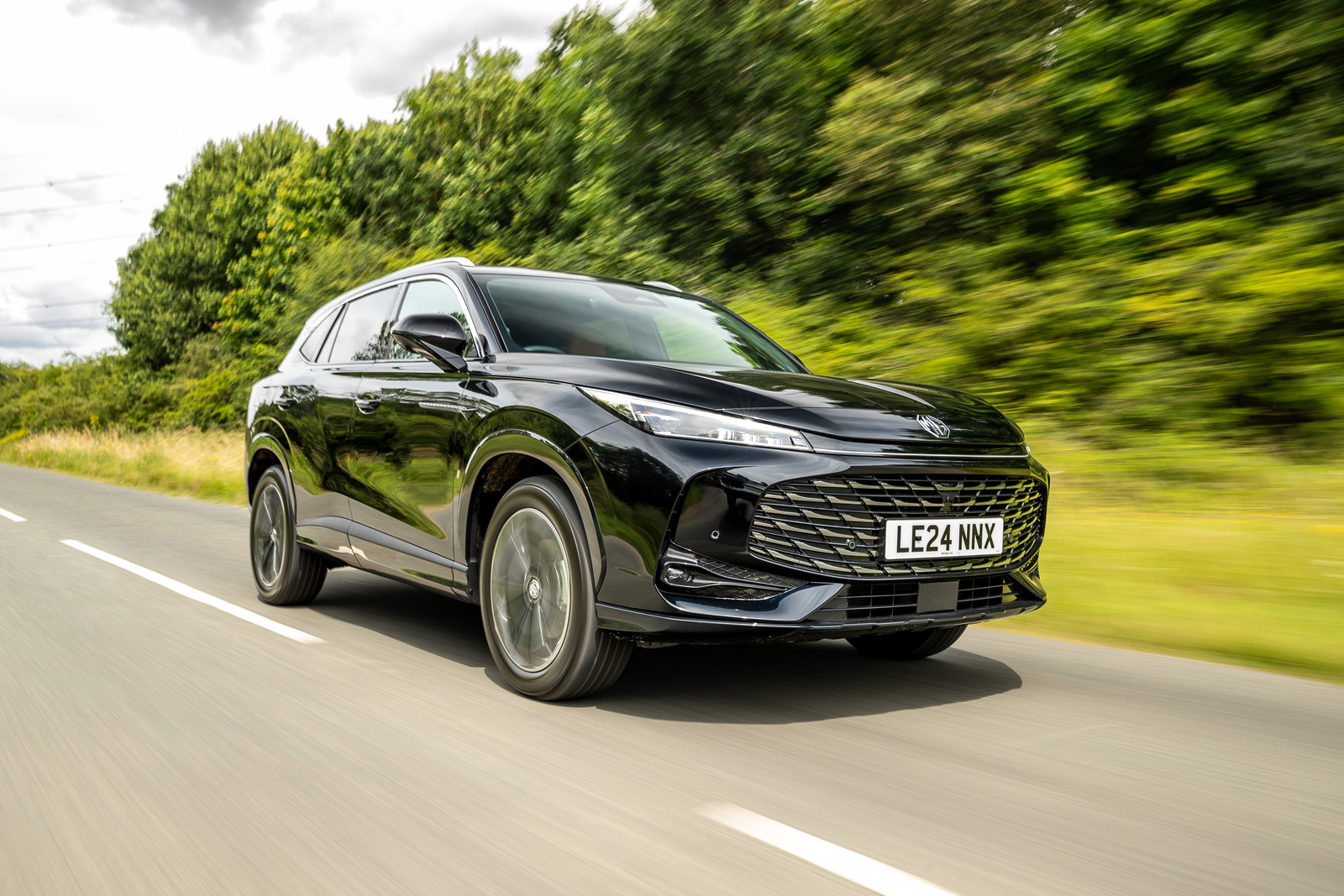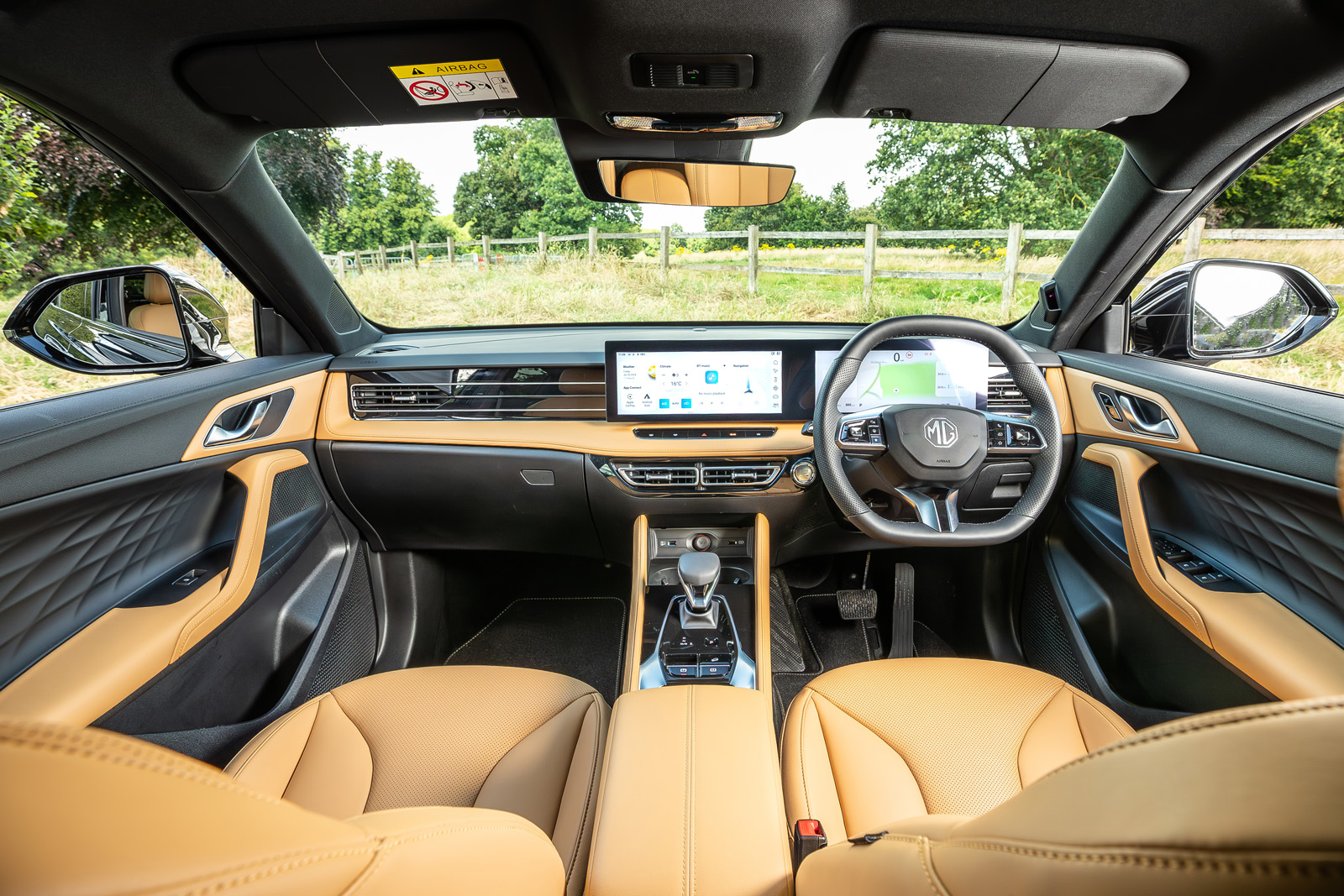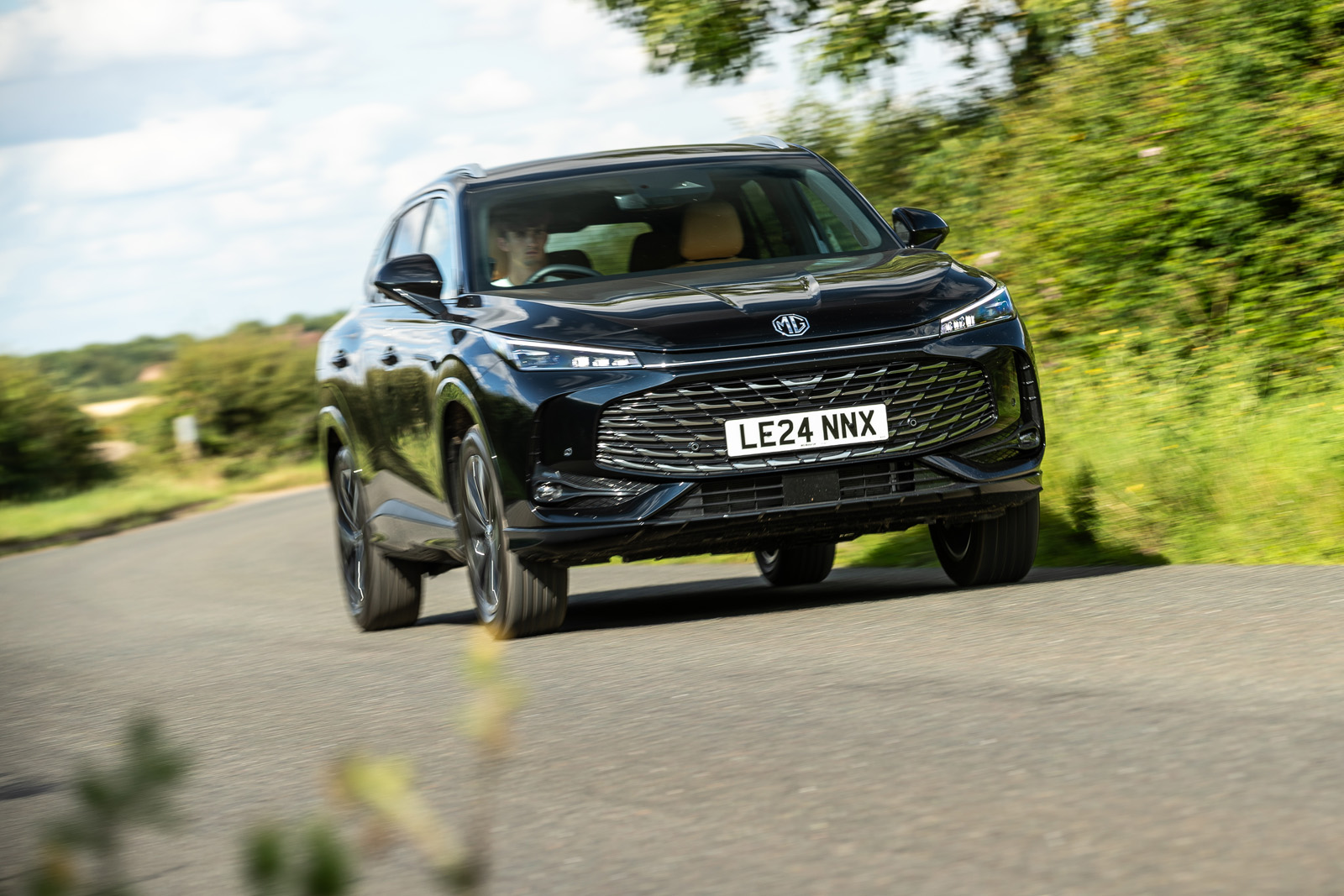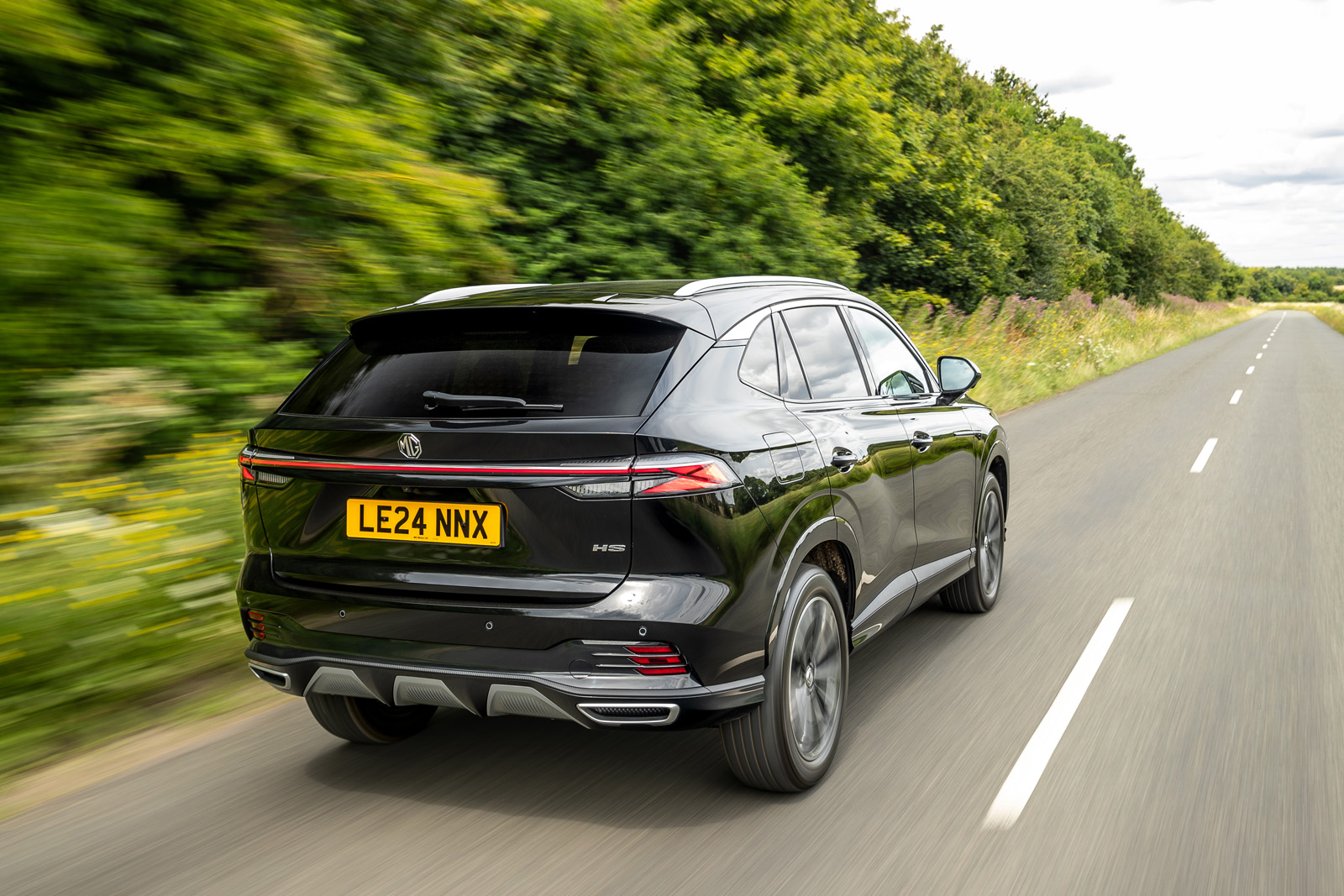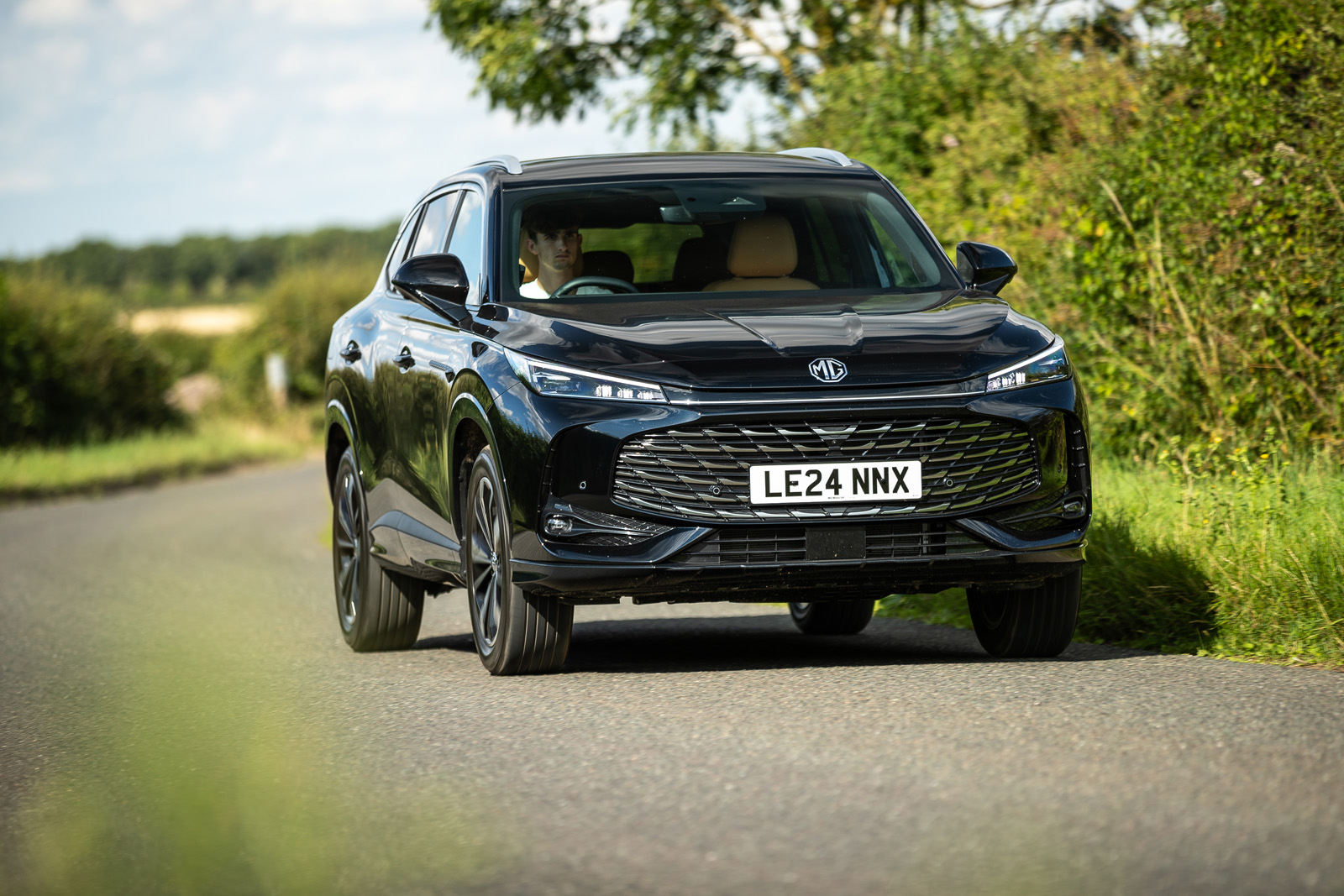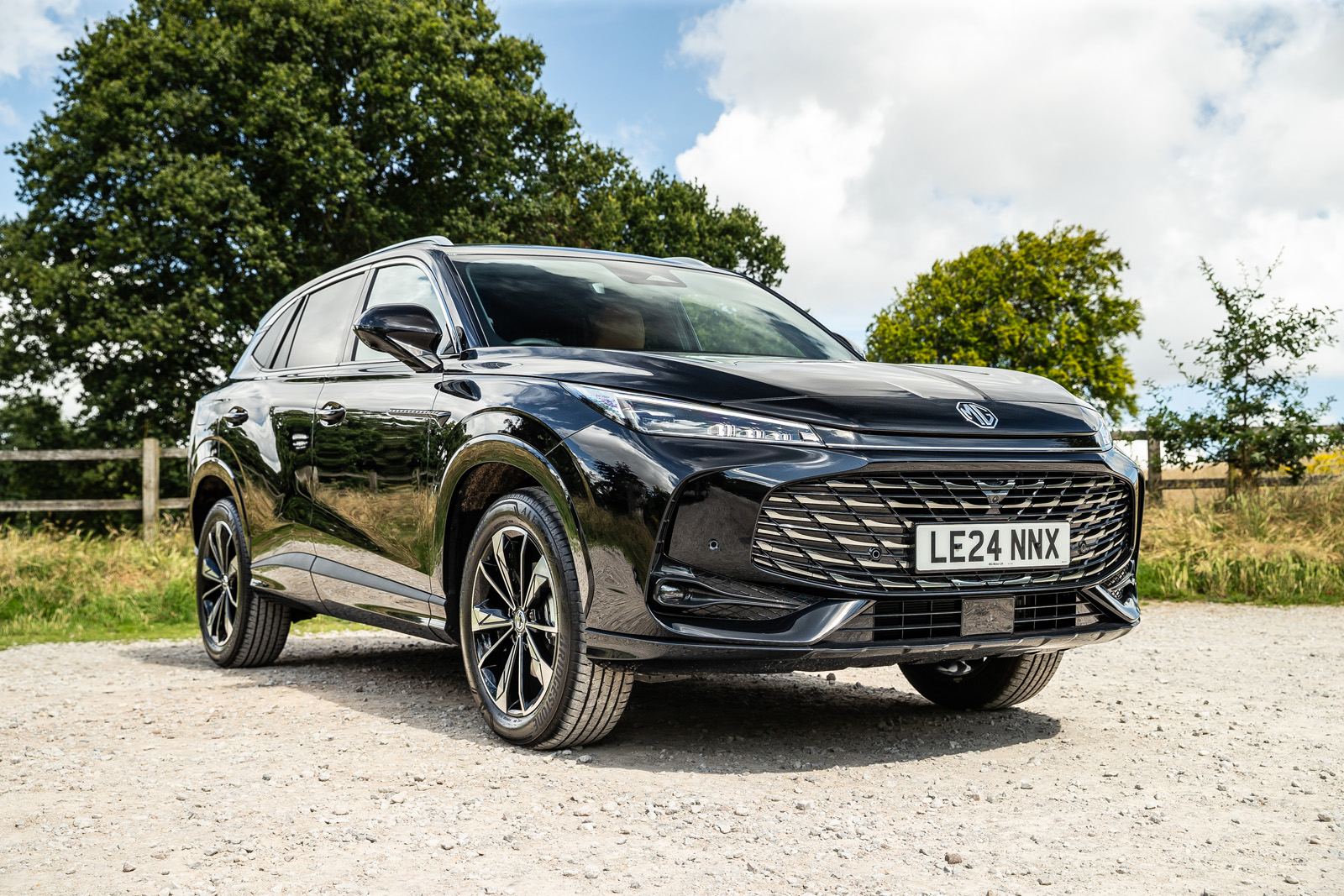In its century-long history, MG has launched several cars that changed the face of the brand. Cast your mind back to the MG B, deemed by many to be the first ‘modern’ MG, and to the MG F, which revitalised the brand’s sporting image. The MG HS hasn’t yet institutionalised itself in quite the same way.
But it has become one of the UK greatest unhailed commercial success stories, now sitting as it does right on the fringes of the chart of the UK's top five most popular new cars. According to the UK's Society of Motor Manufacturers and Traders, MG sold more than 28,000 HSs up to the end of November 2024, beating the Tesla Model Y, Audi A3, Peugeot 3008, Volkswagen Polo and plenty of other household names.
Arriving six years after its predecessor, this second-generation HS brings a complete exterior design overhaul, a heavily updated interior and a suite of technology updates – all of which, MG hopes, will cement its position as an alternative value option in the ever-competitive SUV segment. But its crowning glory is what it offers as a plug-in hybrid: a near-25kWh drive battery, some 75 miles of official electric range and benefit-in-kind tax qualification at just 5% of its showroom value for the 2024-25 tax year, with that showroom value securable at little more than £30,000, if you so choose.
In the broadest of terms, then, the HS might be the UK's best-value, real-world fleet car – although in simpler ones, MG sees it as a rival to the Ford Kuga, Hyundai Tucson and Nissan Qashqai.



